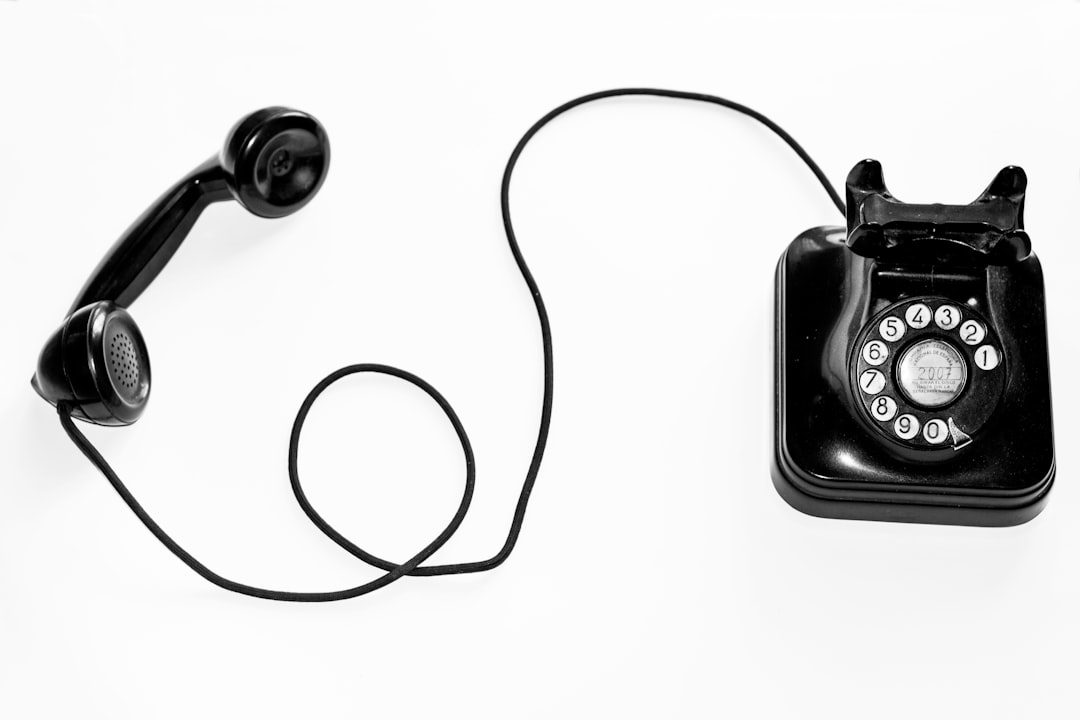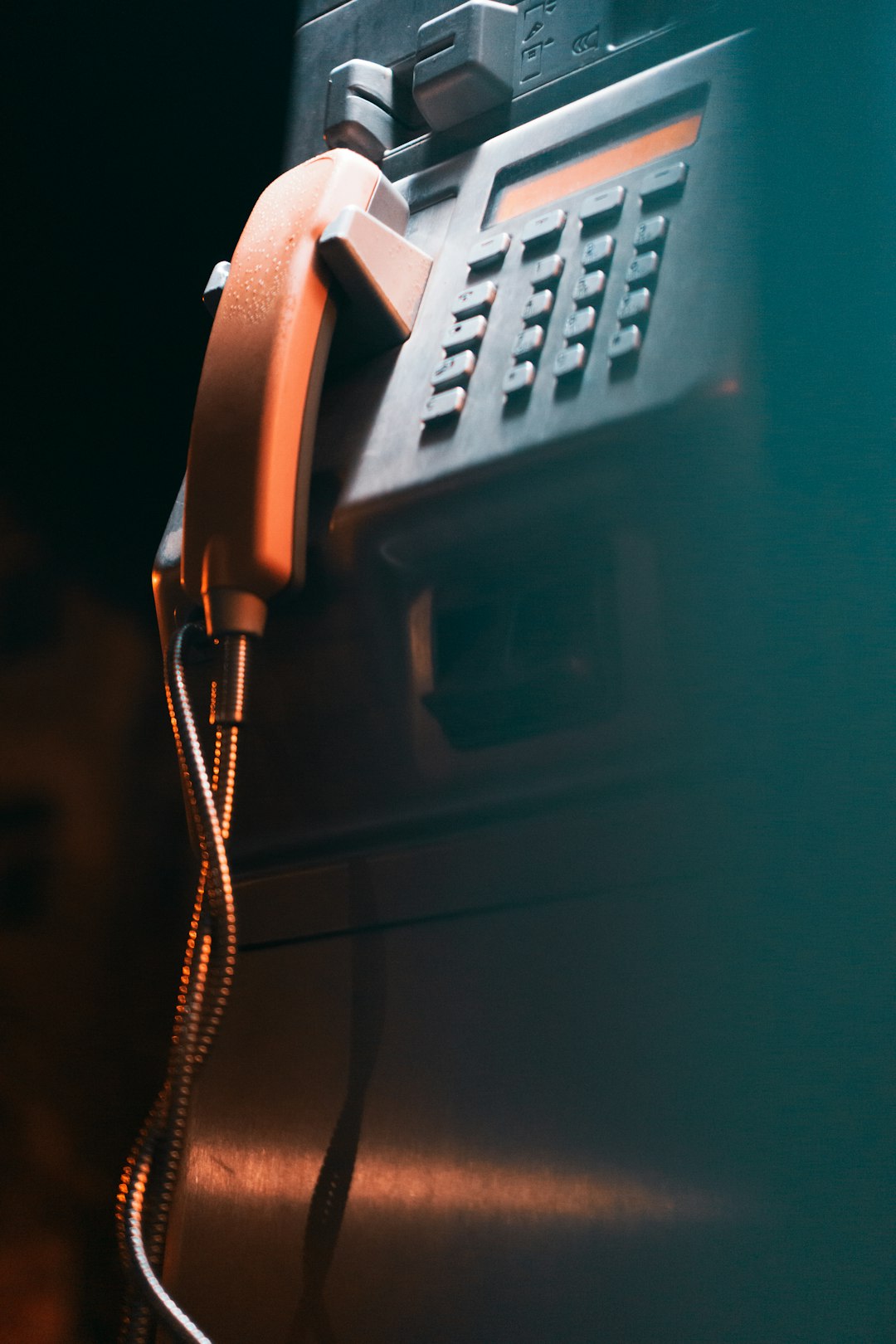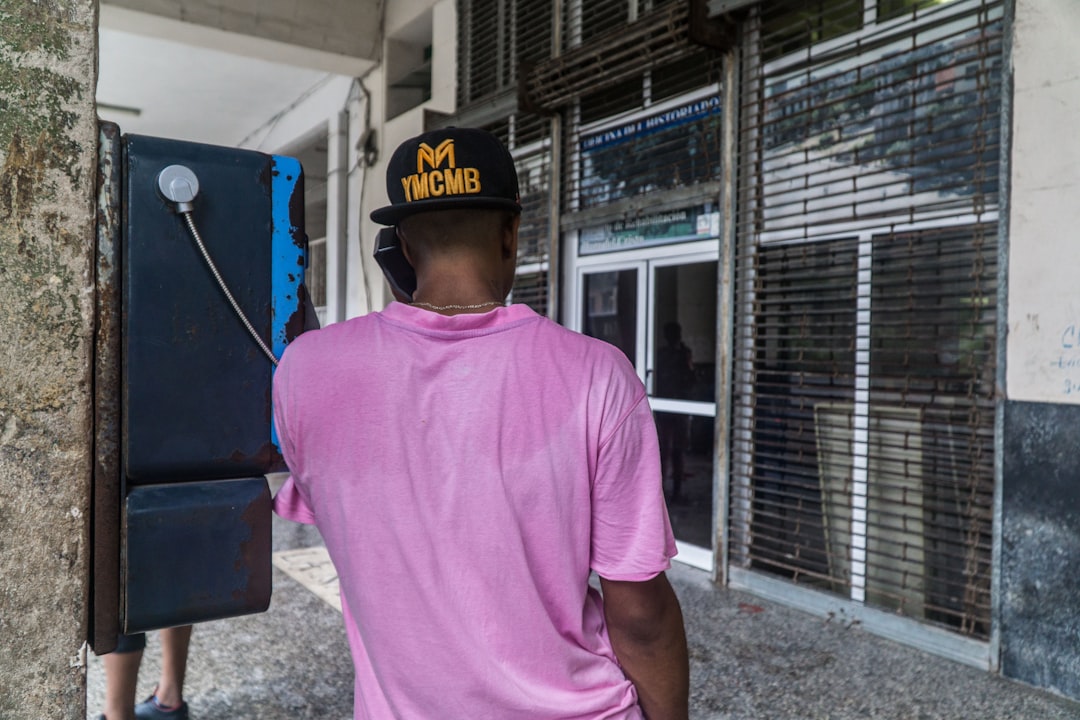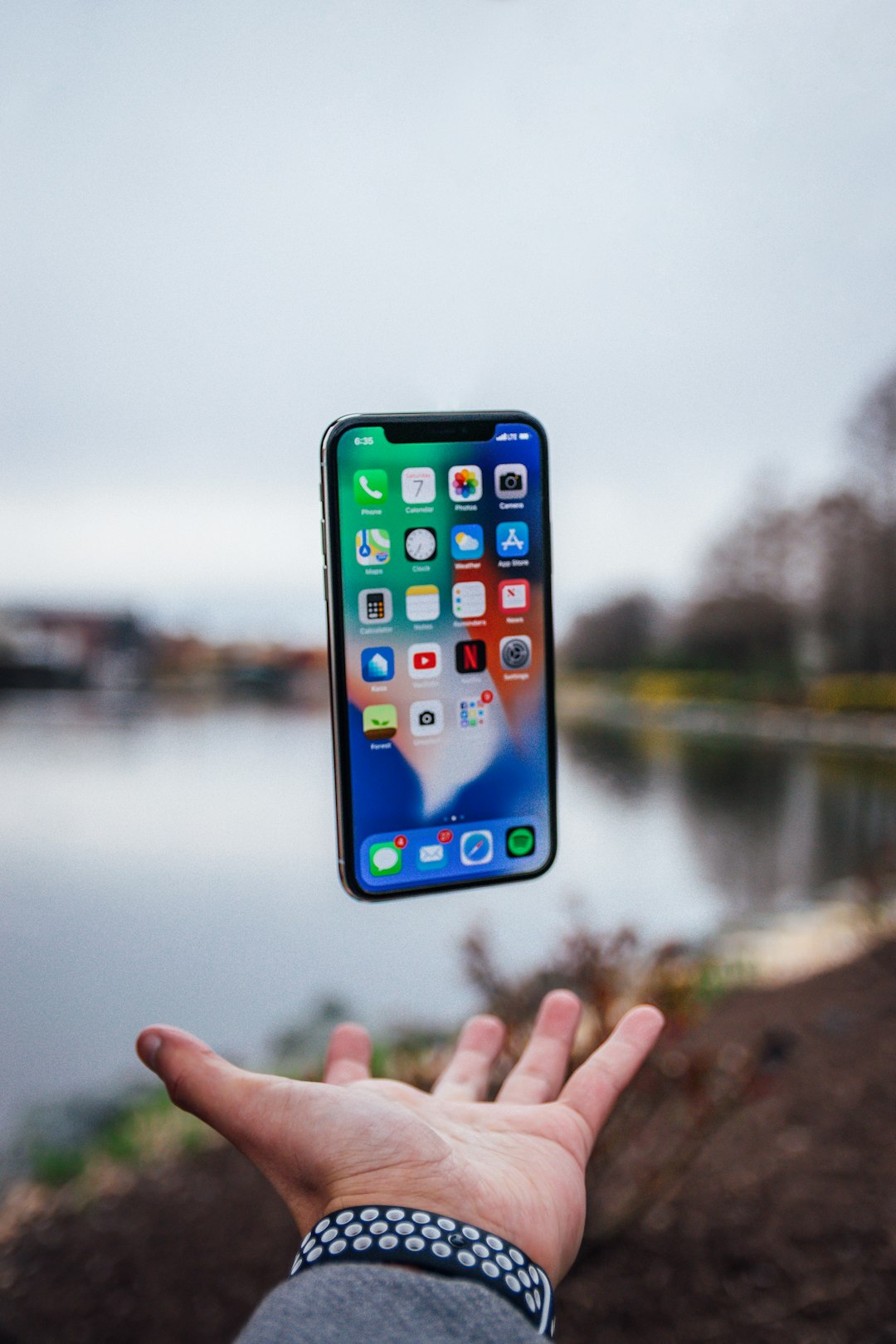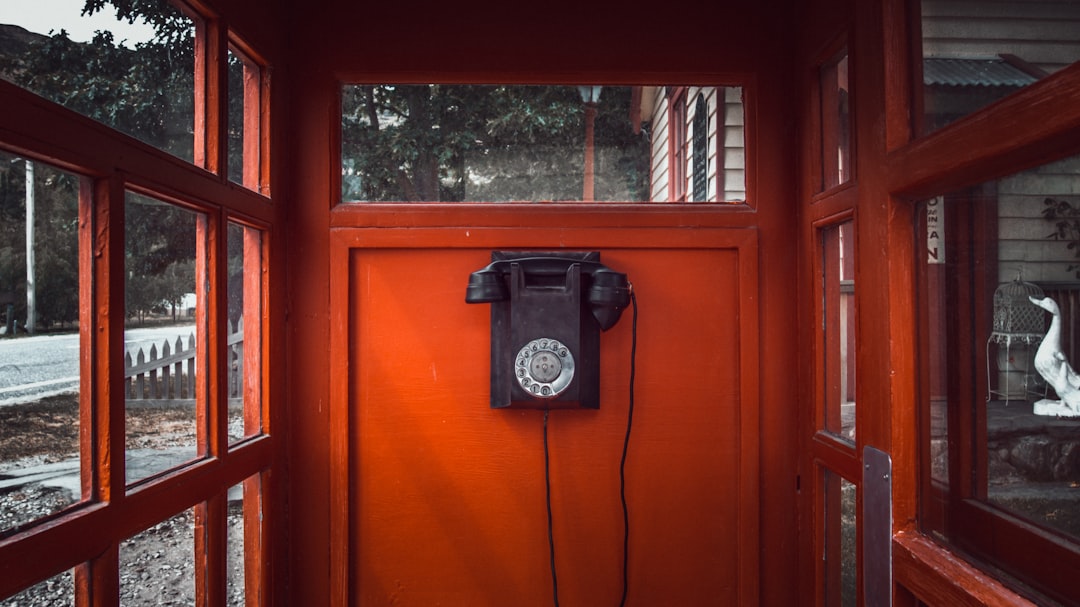In Minnesota, robocalls are regulated by state laws and federal guidelines, primarily through the Telephone Consumer Protection Act (TCPA), aiming to protect consumers from unwanted or deceptive automated calls. Residents can reduce robocalls by registering on the National Do Not Call Registry and using advanced tools like AI-powered call-blocking apps for personalized screening and real-time threat intelligence. Understanding Minnesota's robocall laws, customizing app settings, and staying informed about emerging techniques are key strategies to combat this digital age nuisance effectively.
Tired of unwanted robocalls flooding your Minnesota lines? You’re not alone. These automated calls, often illegal under state robocall laws, can be a nuisance. Fortunately, numerous apps offer robust solutions to block and filter them. From advanced call identification to automatic rejection, this guide explores the top app-based defenses against robocalls in Minnesota, along with essential tips for effective call filtering.
Understanding Robocalls and Their Legal Framework in Minnesota

Robocalls, automated phone calls that deliver recorded messages, have become a ubiquitous and often unwanted part of daily life in Minnesota, as across the nation. While many robocalls promote legitimate services or products, some fall into the category of telemarketing or political campaigns, leading to frustration among recipients. In Minnesota, the regulation of robocalls is governed by state laws and federal guidelines aimed at protecting consumers from deceptive or intrusive calls.
The Telephone Consumer Protection Act (TCPA) serves as a key legal framework, restricting the use of automated dialing systems and prerecorded messages without prior express consent. Consumers in Minnesota have the right to register their phone numbers on the National Do Not Call Registry, which can significantly reduce the volume of robocalls they receive. Additionally, state laws may offer further protections against excessive or misleading robocalls, emphasizing the importance of transparency and consent in marketing efforts via automated means.
Top App-Based Solutions to Block Robocalls

In today’s digital era, robocalls have become a persistent nuisance, but Minnesotans now have powerful tools at their fingertips to combat this issue. Several app-based solutions have emerged that leverage advanced technologies like artificial intelligence (AI) and machine learning algorithms to identify and block unwanted calls, including those from scammers targeting the state’s residents under the guise of various robocall laws.
Top apps offer robust features such as automated call blocking, personalized call screening, and real-time threat intelligence feeds. These applications learn from user feedback and adapt their filters over time, ensuring a more comprehensive blocklist. By downloading and activating these tools, Minnesota users can regain control over their communication channels, enhancing their overall peace of mind and security in the face of evolving robocall tactics.
Additional Tips and Resources for Effective Call Filtering

In addition to downloading call-blocking apps, there are several other strategies and resources available for Minnesotans seeking effective robocall filtering. Understanding the robocall laws in Minnesota is a crucial first step. The state has implemented measures to protect residents from unwanted calls, so familiarize yourself with these regulations to ensure your rights are respected.
For more advanced call management, consider investing time in customizing your app settings. Many popular call-blocking apps offer sophisticated filtering options that allow you to block specific numbers or types of calls based on location, call patterns, and keywords. Regularly reviewing and updating these settings can significantly improve the accuracy of your call filter. Additionally, staying informed about emerging robocall techniques can help you adapt your defense strategies accordingly.
